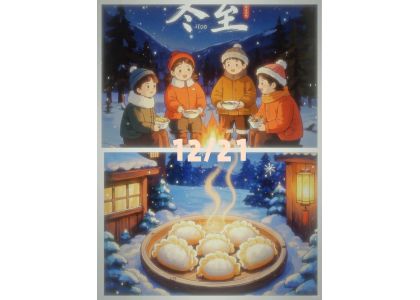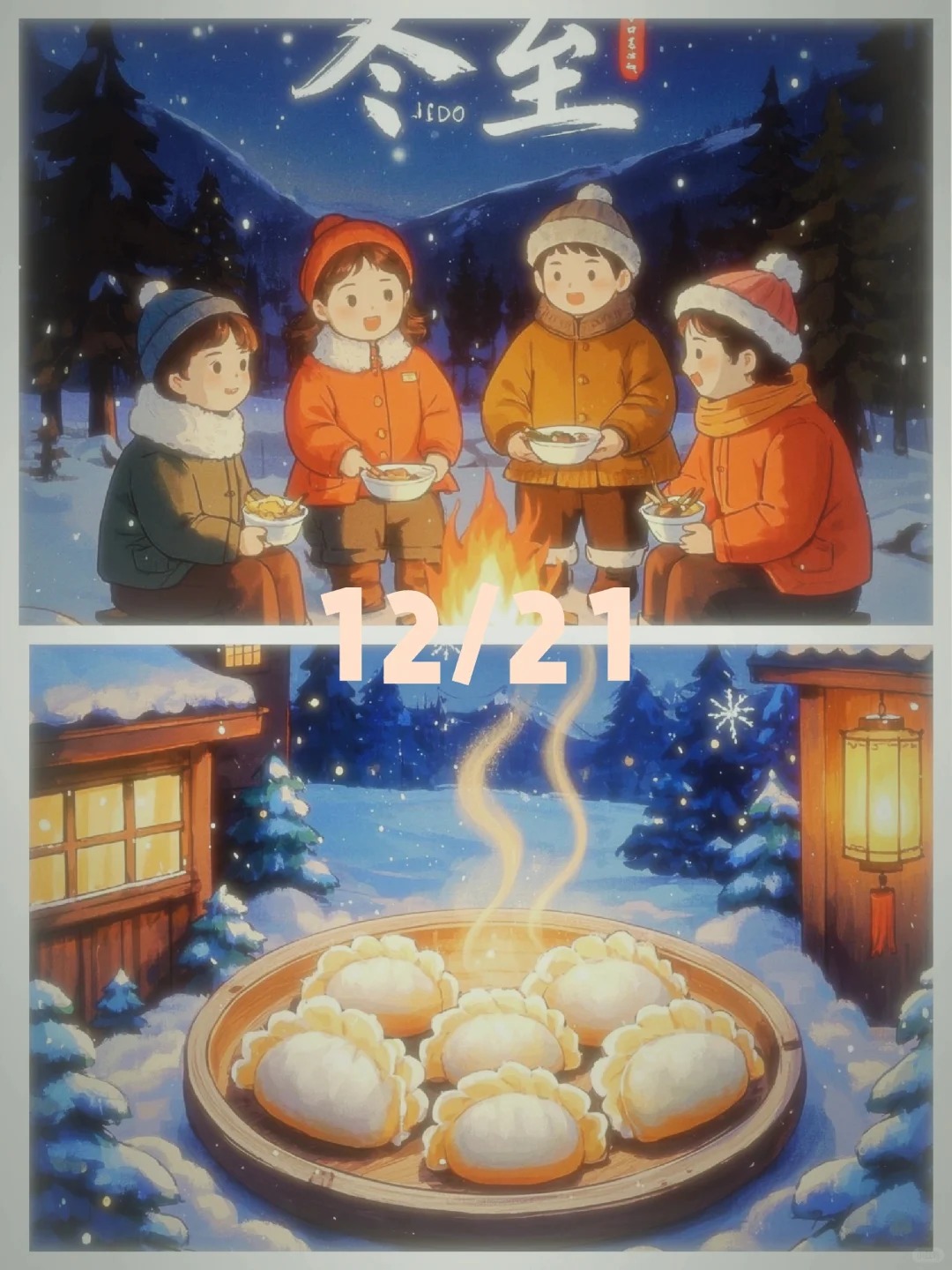The traditional Chinese festival of Winter Solstice


"At the extreme of the yin, the yang begins to grow." Winter Solstice, an ancient solar term, comes with a thousand-year-old story.
It is said that the Zhou and Qin dynasties regarded November of the winter month as the first month of the year, making Winter Solstice the first day of the new year. After Emperor Wu of the Han Dynasty established the lunar calendar, it still held an important position. Winter Solstice originated from the ancients' observation of astronomical phenomena. At this time, the Northern Hemisphere has the shortest day and the longest night. After that, the length of daylight gradually increases and the Yang Qi rises, just like a turning point arriving.
It is not only a solar term, but also a major folk holiday. In the Han Dynasty, the government held an official ceremony to worship the heavens and pray for blessings, and the people also gathered together as a family to comfort themselves with delicious food such as dumplings and rice balls in the cold winter, looking forward to the return of spring in the long cold night. Year after year, Winter Solstice has been passed down from generation to generation, hiding the wisdom of the Chinese civilization of adapting to nature and respecting time, warming the millennia of time.